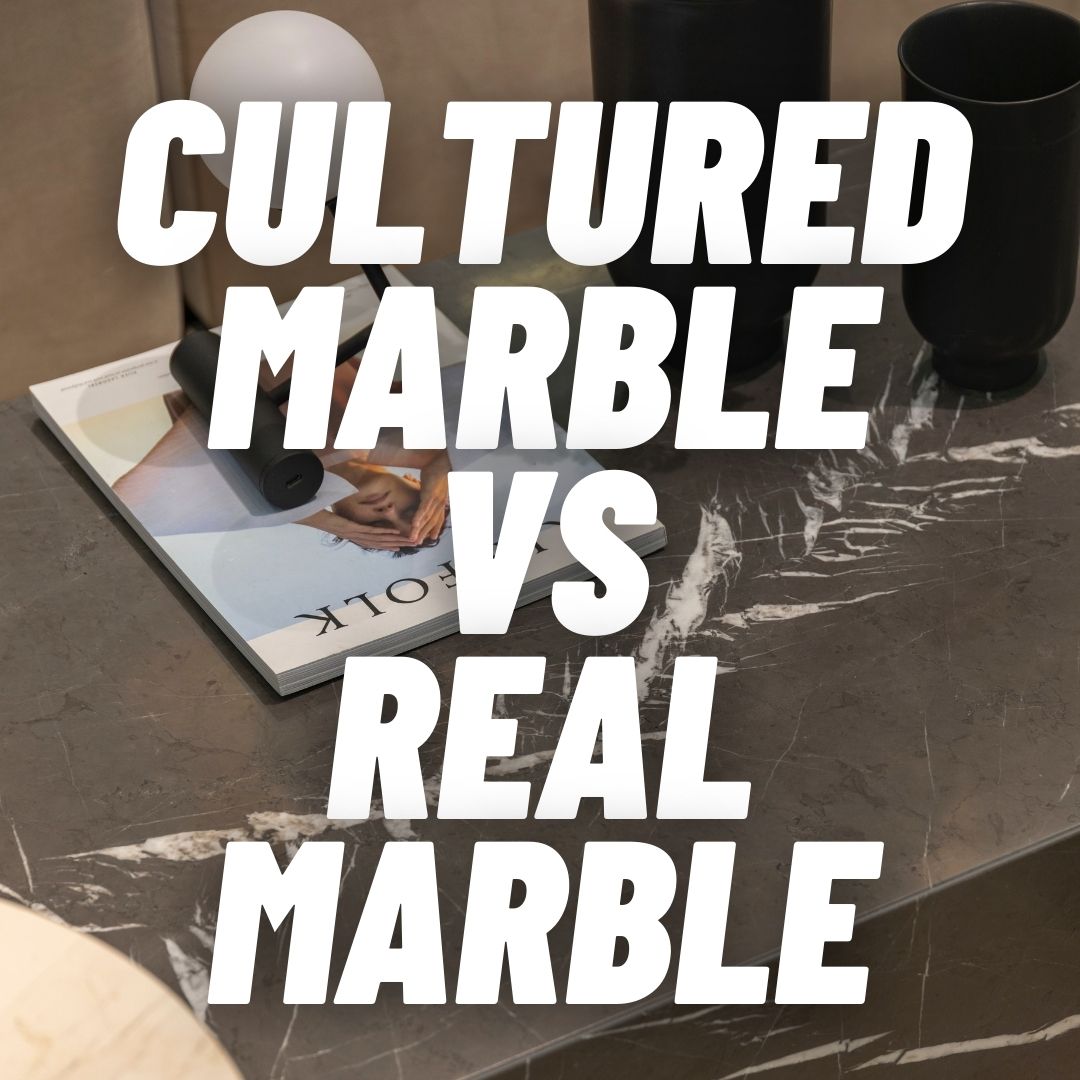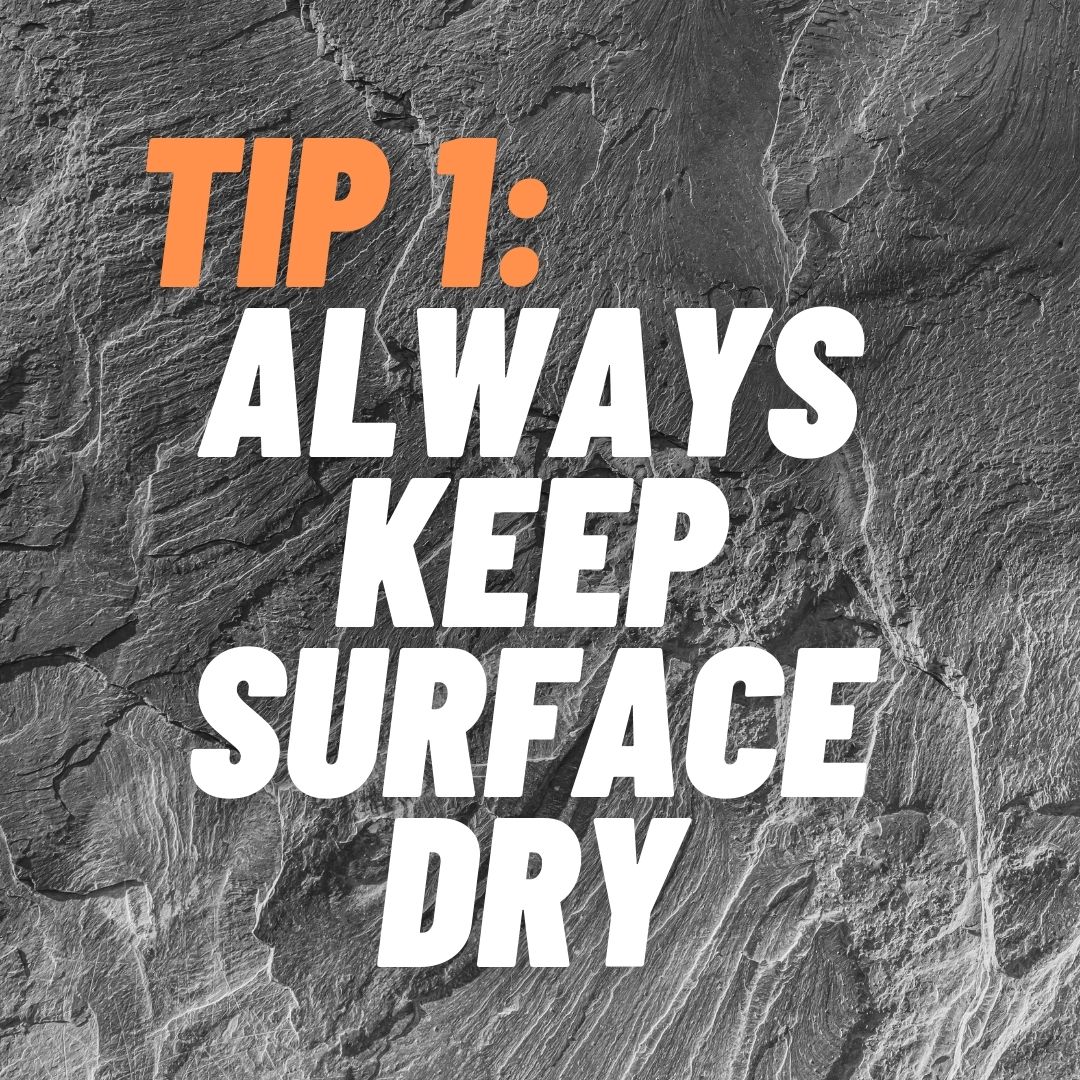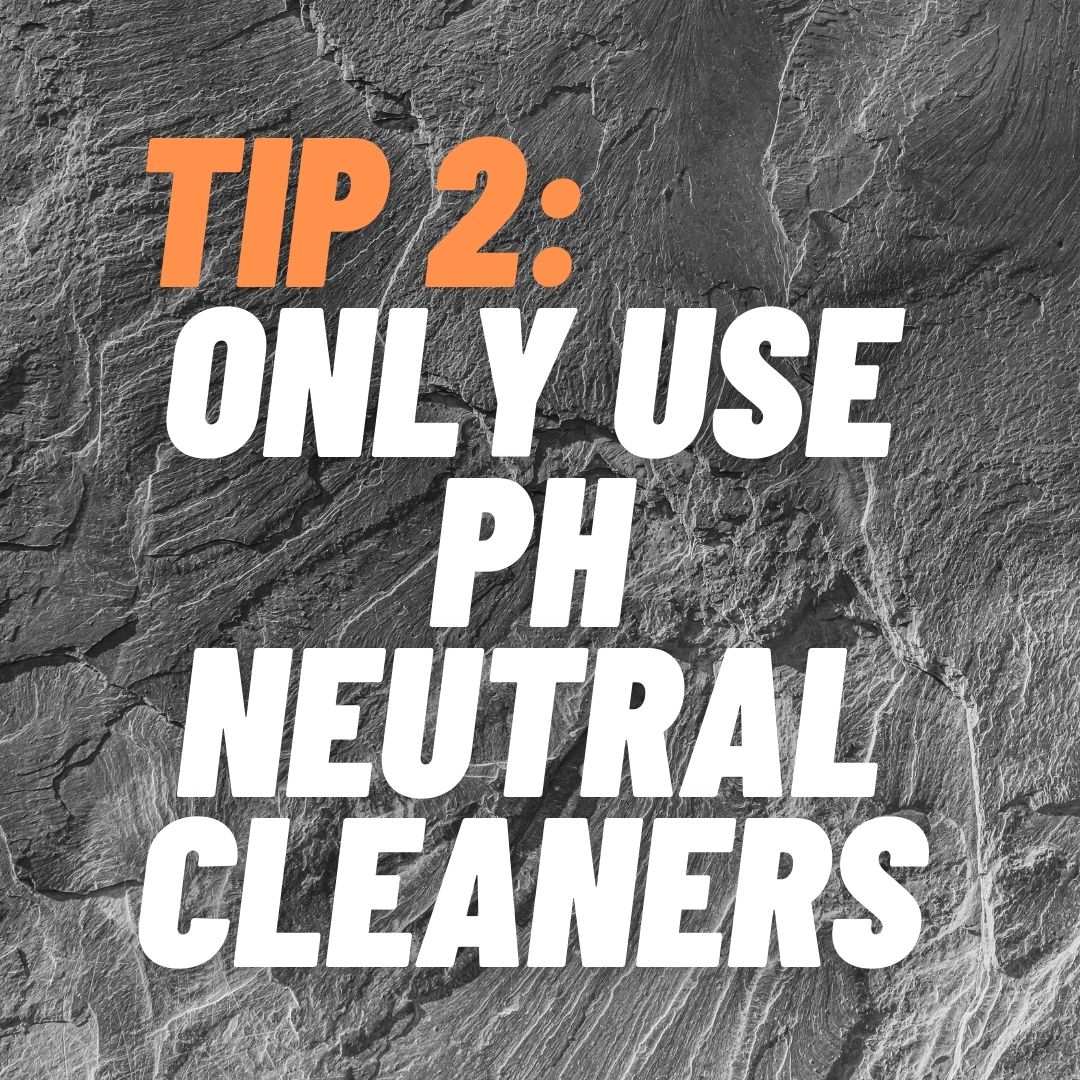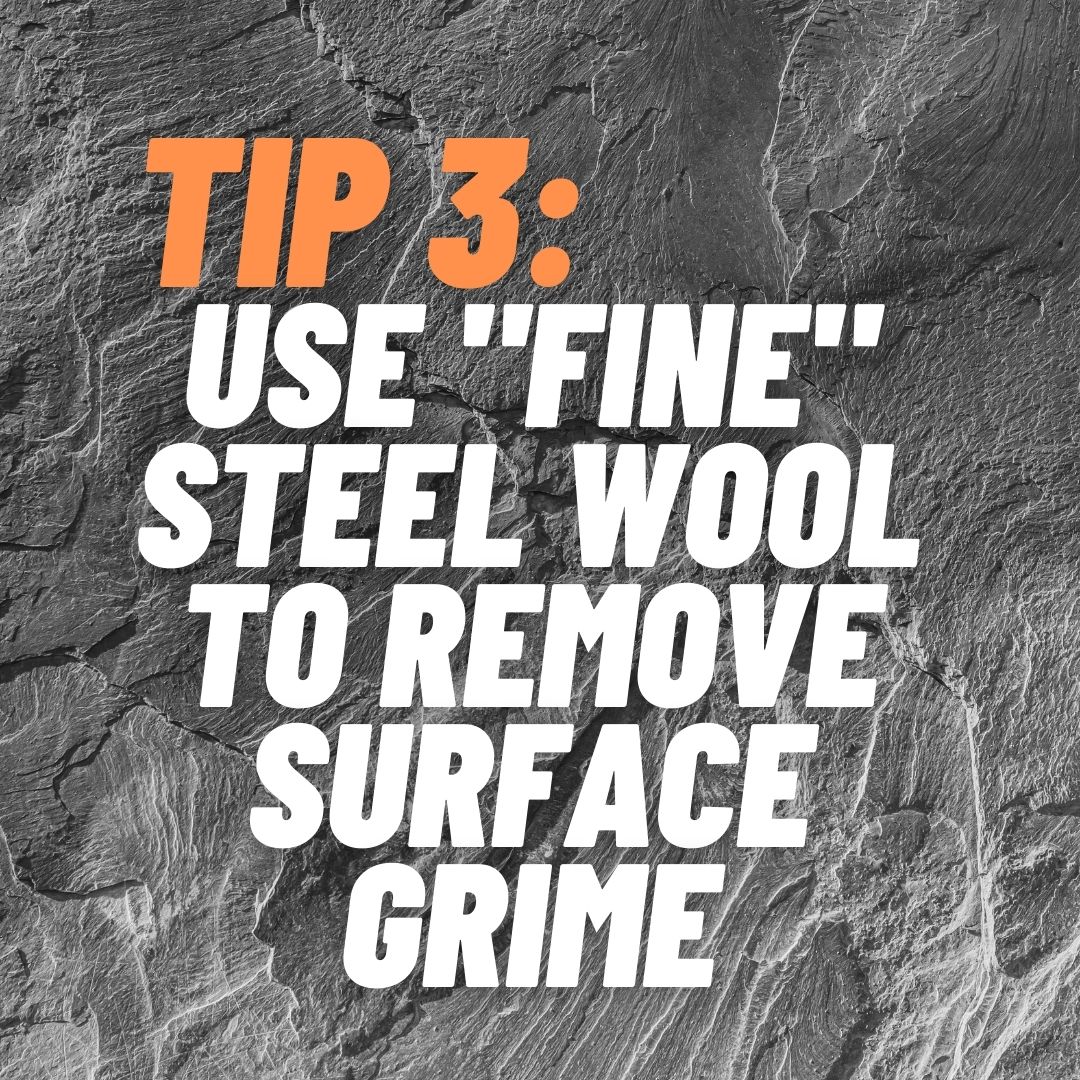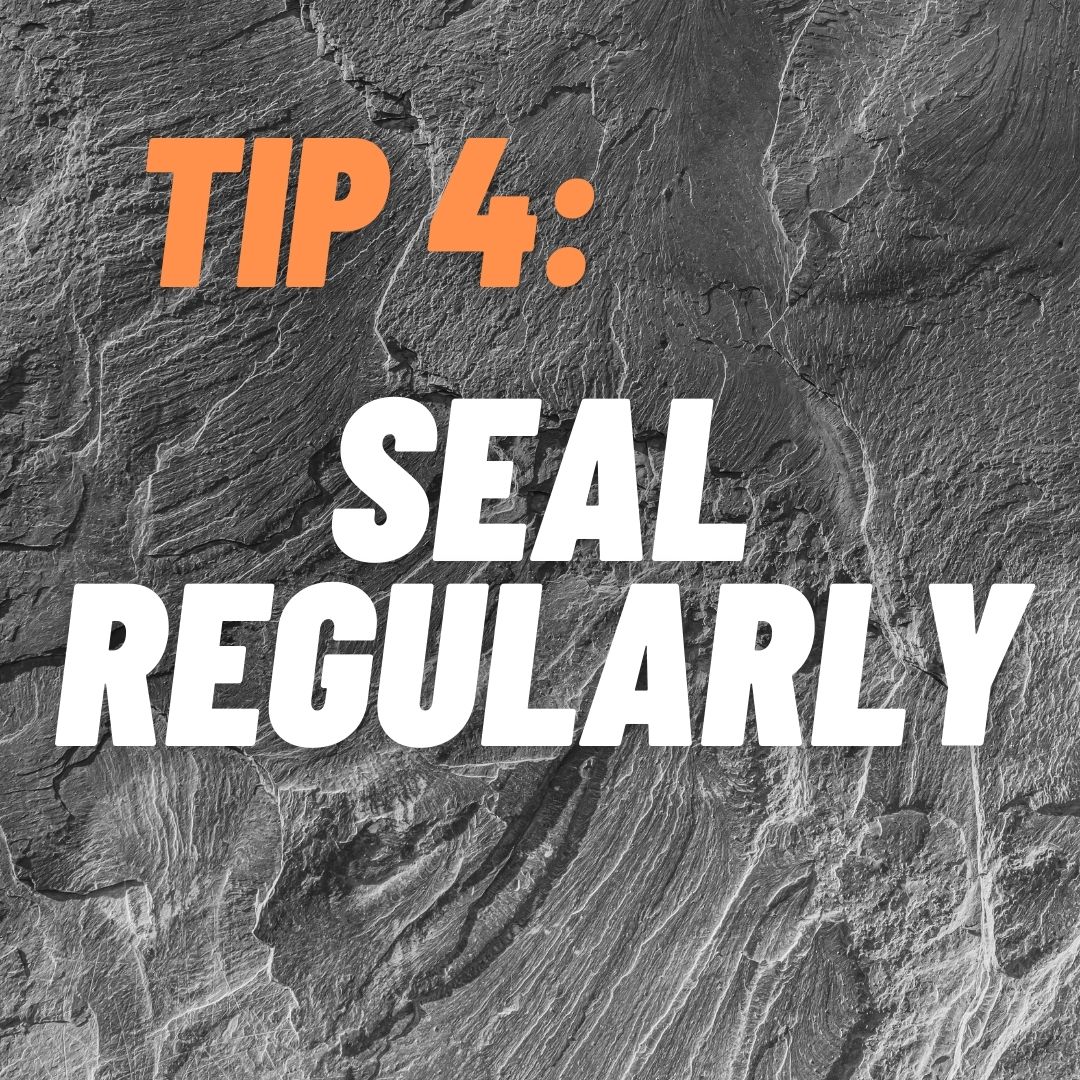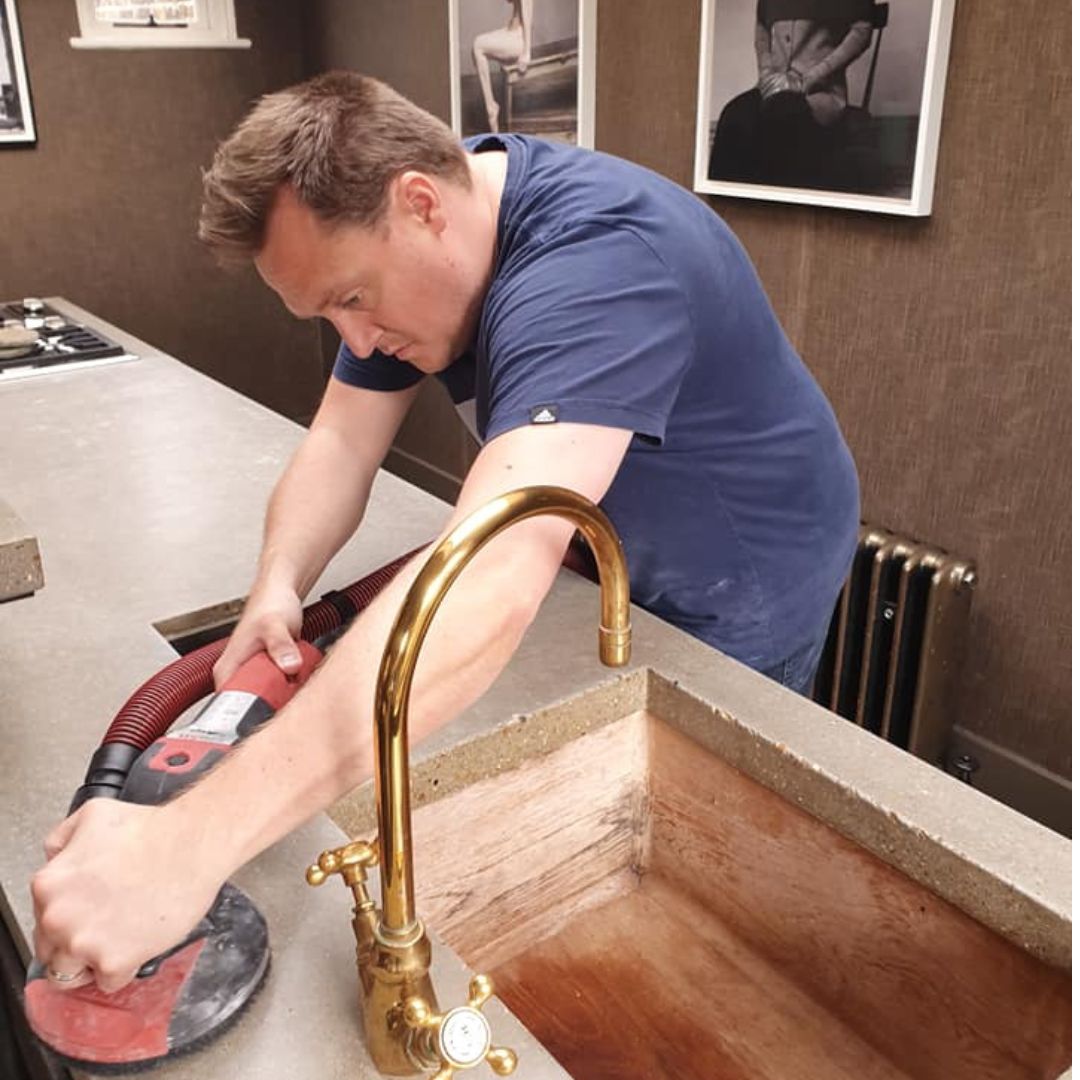The most typical indicators that you're dealing with cultured marble rather than genuine marble are an integrated sink and backsplash in the same color and style, no seams or caulking, a thin edge, and a dim gray underside.
Additional clues are...
On natural marble countertops, sinks and backsplashes are separately attached to the marble. Either the sink will sit on top of the marble, or it will be under-mounted with the marble forming an edge around and above the sink.
Real MarbleFor sinks and backsplashes, the material will include grout or caulking.
Polished
marble may have a glossy or matte honed finish, but it never appears like its cheap plastic.
Surfaces of marble countertops (depending on slab size) will have seams linking the slabs.
Natural marble vanities and worktops are typically 1 3/4" (3 cm) thick and come with ornamental patterns. To prevent leaks, natural marble vanities and
countertops do not have a lip at the edge.
Another telltale sign that marble is fake is the underside. Although the underside of marble appears dull, the pattern and color will be visible.
Small tiles with many
grout lines on the wall and floor are typically used in marble showers.
Real marble is rich in color and pattern and has random veins.
